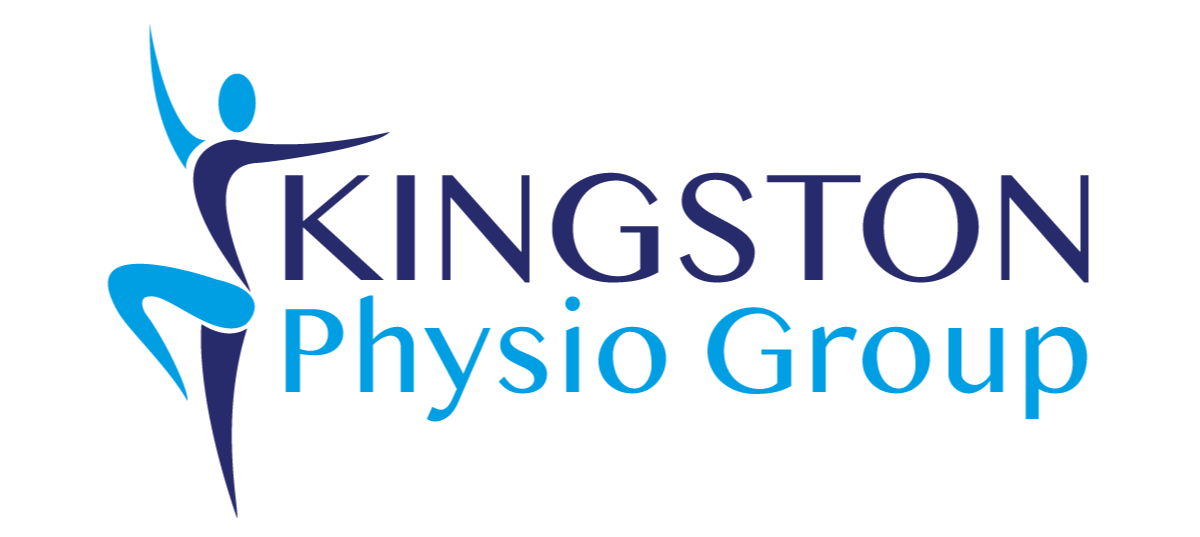Explanation:
The calf muscles and Achilles tendon form our ‘propulsion system’ when walking and running and due to their design and their attachment to the heel through the Achilles tendon, they are incredibly efficient in this action. Injury to the calf muscles generally comes in the form of a tear or strain, often due to a sudden burst of acceleration, or a contusion resulting from direct trauma. Injury can also result from repetitive microtrauma to the muscles over longer periods of time, often as a result of various biomechanical issues.
The Achilles tendon is the thickest and strongest tendon in the body. Overuse injuries (tendinitis, tendinosis) are especially common in runner’s who are 30 times more likely to develop these problems than sedentary individuals. It is estimated that Achilles tendonitis/tendinopathy accounts for around 11% of all running injuries.
The Achilles tendon is the large tendon at the back of the ankle, connecting the large calf muscles (gastrocnemius and soleus) to the heel bone (calcaneus) and providing the power in the push off phase when we walk and run. Achilles tendonitis is often now being referred to as Achilles tendinopathy. This is because it is no longer thought to be an inflammatory condition but a degeneration of tissue within the tendon with a loss of normal fibre structure. Strengthening exercises to progressively load the tendon in a controlled way are effective in reversing this pathology.
Complete rupture of the Achilles tendon occurs predominantly in the 30-40 age group and patients often describe the feeling ‘as if being kicked in the back of the leg’. Surgical repair of the tendon is generally indicated for most people followed by a period of intensive physiotherapy to restore ankle range of movement and strength of the calf musculature.
Causes:
There are multiple causes of calf pain, including:
- muscle injuries due to sudden acceleration or direct trauma
- repetitive microtrauma to muscles
- circulation problems
- knee joint problems
Cramps are common in the calf region and can occur at rest or after exercise. Usually the symptoms are intermittent (not constant pain), and relieved by stretching and heat application.
Treatment:
Physiotherapy has a major role in treating injuries in this region. Determining the cause of your calf pain can help guide appropriate treatment. Since most injuries to the calf/Achilles tendon region are gradual in onset, treatment focuses on identifying and managing the underlying causes of the injury which are often biomechanical in nature. Treatment can include:
- exercises for calf strength and flexibility
- manual therapy and soft tissue therapy techniques to normalise tissue compliance and restore flexibility
- muscle conditioning exercises for correct dynamic alignment of the entire lower limb
See also - Jaw Pain, Shoulder, Elbow & Forearm, Wrist & Hand, Pelvic Pain, Hip & Groin, Thigh, Knee, Shin, Foot, Head & Neck, Upper Back/Thoracic Spine, Lower Back, Buttocks, Calf & Achillies Tendon, Ankle

